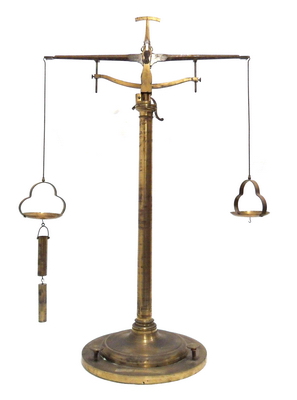| general information - The Physics Lab | |
|---|---|
| The Marco Foscarini Physics Lab | |
| Galleria d'immagini |

|
| Hydrostatic scale Forces parallelogram tool Mechanical paradox Cartesian devil "Spinning current" device |
First of all it's possible to detect, observing the collection as a whole, a distinctive constructive style common to all the tools and this can also be seen in the instruments of the university collections. They are in fact the fruit of the work of excellent artisans, with refined artistic taste, who at the time conceived of a didactic tool not only as an object built exclusively to demonstrate certain principles or physical phenomena, but also as a veritable collection piece to be taken care of in all its particulars according to the taste of the time. It's not an exaggeration to say that the simple observation of the tools from a purely artistic point of view, rather than scientific, is already an interesting and stimulating venture in itself in the history of art.
Furthermore the didactic effectiveness of the Ancient Physisc Lab is remarkable under the physical point of view. In fact on one hand some of these tools have the huge value of showing the essence of a phenomenon by simple and not sophisticated means. This is the case, for example, of the Hydrostatic scale (dated before 1818, see picture) used to verify Archimedean force and, in mechanics, of the device (see picture) to show the vectorial composition law known as the "forces parallelogram rule". On the other hand there are instruments in which a certain phenomenon or principle has some very original applications: in this case the intent to astonish and force the observer to find plausible explanation is great and didactically very effective.
After seeing these particular tools in operation, the students are stimulated by the teacher to formulate, on the basis of what is explained during the theoretical lesson, some acceptable justifications based on precise laws and/or physical principles. This is a very important mental exercise in logical deduction and reasoning, which is of great didactic advantage, because in this case the students are not passive, but active spectators. To this category of devices, easily used, belong for instance the so-called "Mechanical paradox (see picture) device for the study of the theorem of the motion of mass centre, the equipment known as "Cartesian devil" (see picture) and a very original electric direct current engine, recently cleaned and then put in motion (see picture), built by the ingenious "macchinista" (laboratory technician) Francesco Cobres: it has the name of "Spinning current " equipment and in it the Lorentz force is exploited to spin two wire solenoids covered by direct electric current.